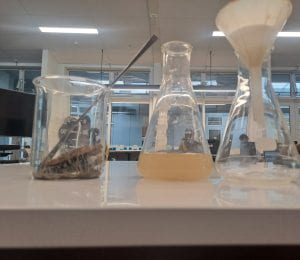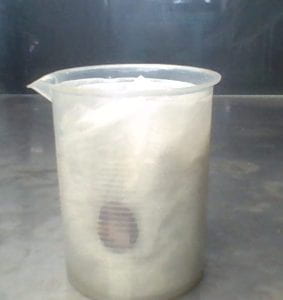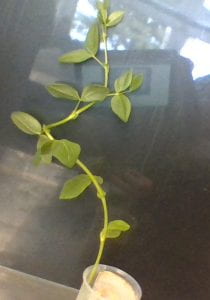Hi guys!
Last Friday in science we did an experiment about ice. We got into groups and had to record data. Here is what we did:
Aim: To observe water as it changes state from solid to liquid then to a gas.
Equipment/Ingredients
- 250ml beaker
- Thermometer
- Hot plate
- Heat mat
- Stop watch
- retort stand
- Clamp
- Ice Cube
- Paper/pencil or pen
Method
Instructions
- Get all ingredients and equipment required.
- Set up the resort stand with the clamp, thermometer, and heat plate.
- Collect enough ice so that your beaker is half full, add the ice into the beaker.
- Write down the temperature on the piece of paper.
- Turn on the heat plate and start the timer.
- Once a minute hits check the temperature and write it down onto the piece of paper with the minute.
- Continue this for every minute until it starts boiling for 2-3 minutes.
- Turn off the heat plate and put the beaker onto the heat mat.
- Once the beaker has cooled down put all the equipment away.
- All done!
Here’s a photo of the set up:

Here’s the data:
| Time | Temp |
| 0 | -3 |
| 1 | -2 |
| 2 | -2 |
| 3 | -2 |
| 4 | 12 |
| 5 | 25 |
| 6 | 23 |
| 7 | 20 |
| 8 | 20 |
| 9 | 27 |
| 10 | 40 |
| 11 | 55 |
| 12 | 66 |
| 13 | 75 |
| 14 | 82 |
| 15 | 87 |
| 16 | 90 |
| 17 | 93 |
| 18 | 98 |
| 19 | 99 |
| 20 | 100 |
| 21 | 100 |
| 22 | 100 |
| 23 | 100 |
Conclusion
The experiment worked out well. My team didn’t get to the point of boiling but it was close, but other peoples experiments worked.














